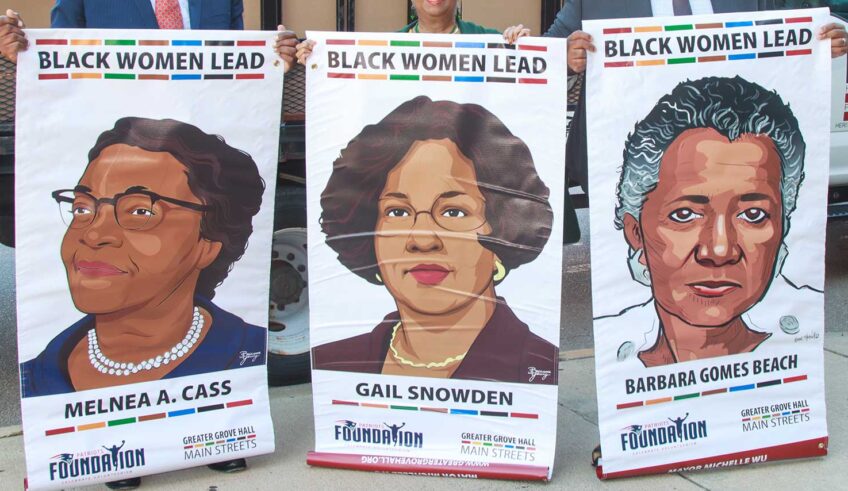
In January, the busy streets of Boston became safer. As we dig out from this month’s snowstorms and prepare for spring, I want to remind drivers, cyclists and pedestrians about our city’s newest initiative to make our streets safer: reducing the speed limit on streets in Boston from 30 miles per hour to 25 miles per hour.
This reduction, part of Boston’s Vision Zero initiative, will make Boston a safer place for people of all ages and abilities to walk, bike and drive in our streets. With Vision Zero, we are dedicated to ending traffic deaths and serious injuries by the year 2030.
Some may wonder what difference a five-mile reduction will make, but for those walking or biking on our streets, cars will be traveling at a significantly reduced speed. Data has shown that when a driver is going at or below 25 mph, drivers are less likely to be severely injured or killed in a traffic crash. This is the same for cyclists and pedestrians. When drivers and pedestrians have more time to see each other and react, injuries and fatalities go down.
When looking at fatalities or severe injuries, pedestrians have a 20 percent chance of being killed by a driver traveling at 30 mph. There’s a 12 percent chance of a pedestrian being killed by a driver traveling at 25 mph. With the research and common sense available, we know slower speeds will save lives.
This speed reduction is on par with other U.S. cities such as New York City, Los Angeles and Washington D.C., as well as London, Paris, Berlin and Tokyo internationally. The significance of seemingly minor differences in speed is why it’s essential we change our default speed limit to 25 mph.
For drivers worried that lower speeds will cause additional traffic, we know the speed limit reduction will not have a negative impact on your ability to get where you’re going. Traffic speed is determined more by congestion, double-parked cars, turning vehicles and traffic signals than the speed limit itself. This is especially true at congested times of the day when most drivers are already going slower than 25 mph.
With Boston’s Public Works Department doing all they can to make sure our streets are plowed, salted and sanded in inclement weather, and law enforcement making every effort to stop those who drive dangerously, lowering the speed limit to 25 mph will help us protect residents from harm. As we install the new traffic signs across the city, it’s important to remember that if you don’t see a posted sign, the speed limit is 25 mph.
Our new, lower speed limit is part of a broader vision to make Boston’s streets safe and accessible for all. In March, we will release our Go Boston 2030 report, which envisions the next decade of Boston’s streets. We’re revitalizing crosswalks and lane markings. We’re piloting self-driving cars. Our Public Works Department works constantly to create the best streets, whether it’s sanding before a storm, plowing during a blizzard or fixing potholes once the snow clears.
In addition to what the city is doing, I encourage residents to get involved. I hope neighborhoods will take part on our Neighborhood Slow Streets program, a city initiative to slow traffic speeds and improve safety on residential streets within a specific area. When a neighborhood is part of this program, the speed limit on its residential streets will be 20 mph. Residents can work with their neighbors to submit an application, due by March 24. Visit https://www.boston.gov/transportation/neighborhood-slow-streets to learn more, or submit an application.
The new speed limit wouldn’t be possible without the combined efforts of the Boston City Council, the Massachusetts Department of Transportation and the Massachusetts State legislature, and I thank them for their support.
Making our streets the best they can be is a project that takes the cooperation of our residents, City Hall and our partners. Together, we can make Boston’s streets safer and reach our goal of having zero traffic fatalities and serious injuries by 2030.






